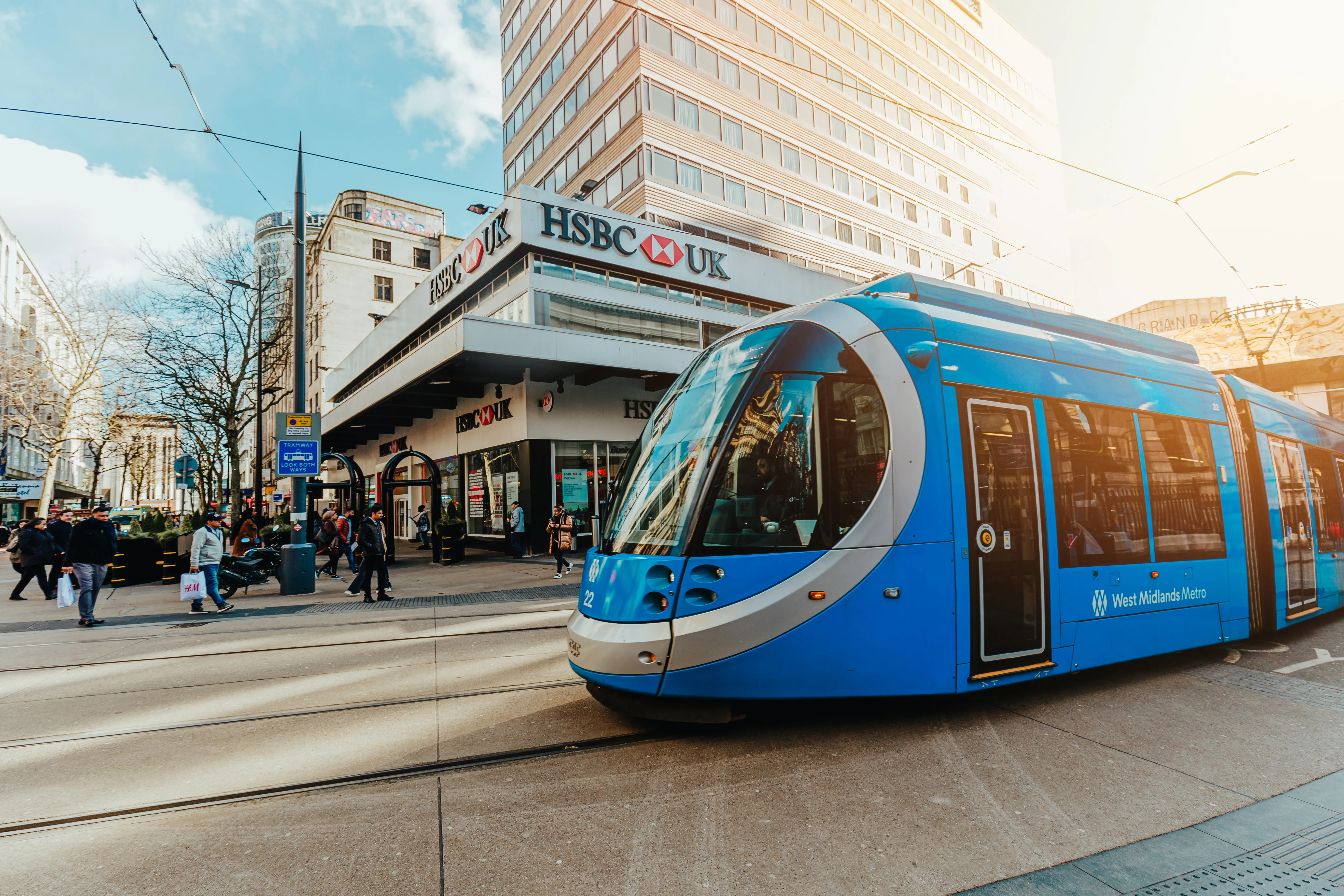
Siemens Mobility and Bosch have launched an integrated connected vehicle collective perception system utilising a direct connected between camera on-board intelligence and a dual-mode roadside unit (RSU).
Siemens says detection and geocoordinate data captured by roadside cameras can now be processed more efficiently, bypassing the additional interface devices, making it easier and cheaper to install.
This solution utilises smart Video as a Sensor capabilities enabled by Bosch IP cameras with on-board Intelligent Video Analytics.
Siemens points out the Bosch IP cameras detect vehicles and pedestrians to stream intelligent metadata and prompt the RSUs to communicate safety messaging to vehicles.
The solution provides improved situational awareness for drivers and enables them to take more immediate action when pedestrians enter a pedestrian crossing, the company adds.
Siemens insists the complete Vehicle to Everything (V2X) platform uses camera intelligence to process at the edge, with no central server required.
Safety messages transmitted to the vehicle through the RSU are displayed, if equipped, on the on-board unit, along with aggregated information on traffic signal state and phase timing.
The new integrated system has been developed through testing at the American Center for Mobility and in the connected vehicle pilot at Tampa Hillsborough Expressway Authority in Florida.
Two initial use cases – pedestrian collision and wrong way vehicle detection – are currently being piloted and are now ready for installation.










